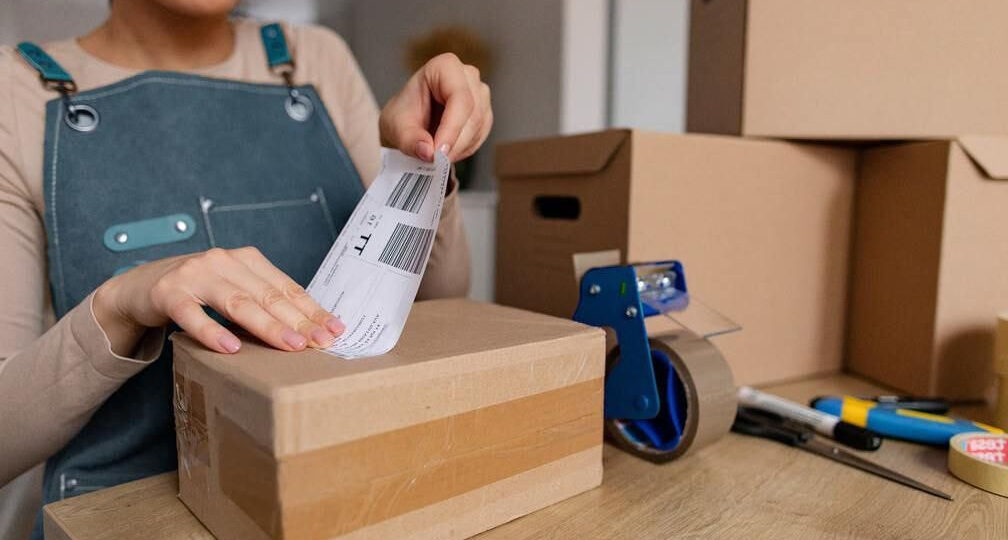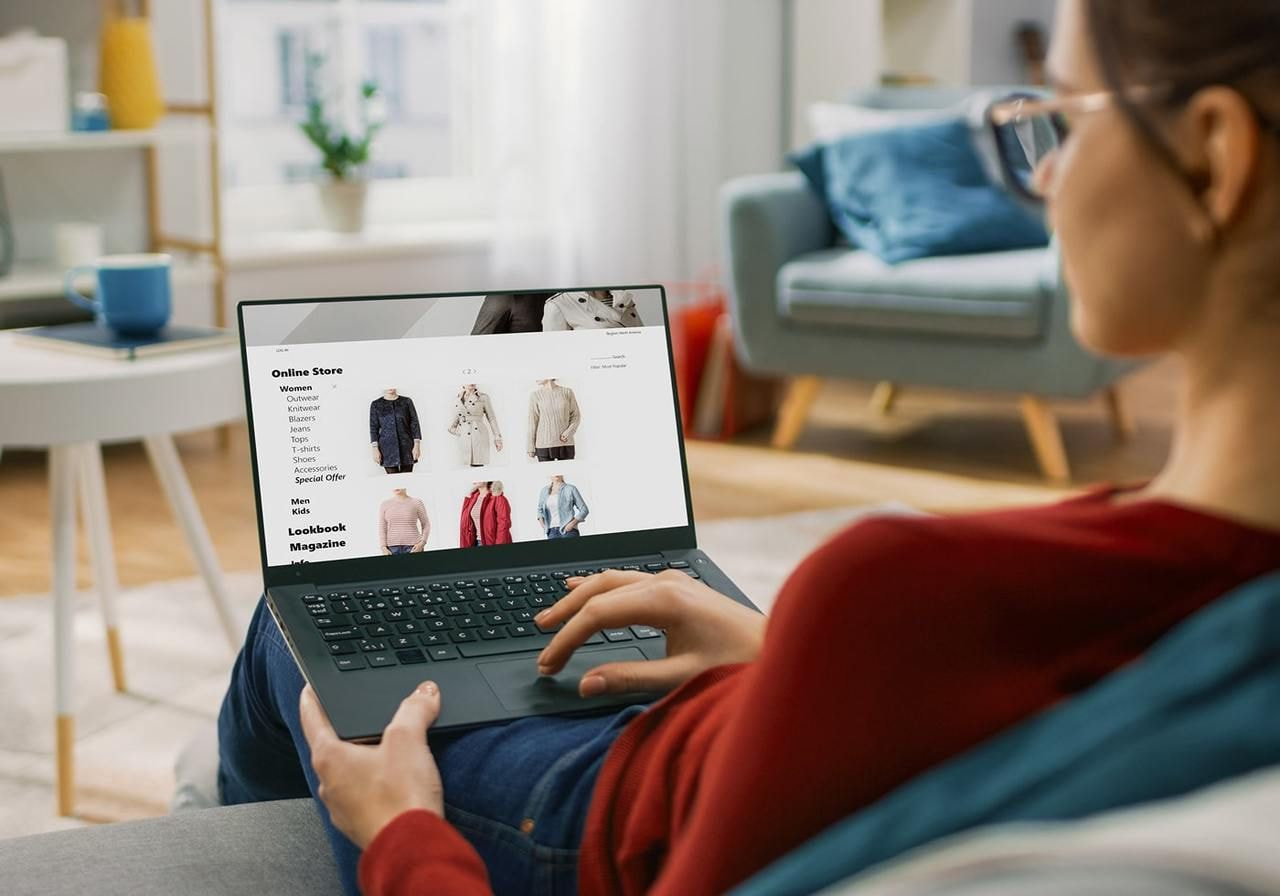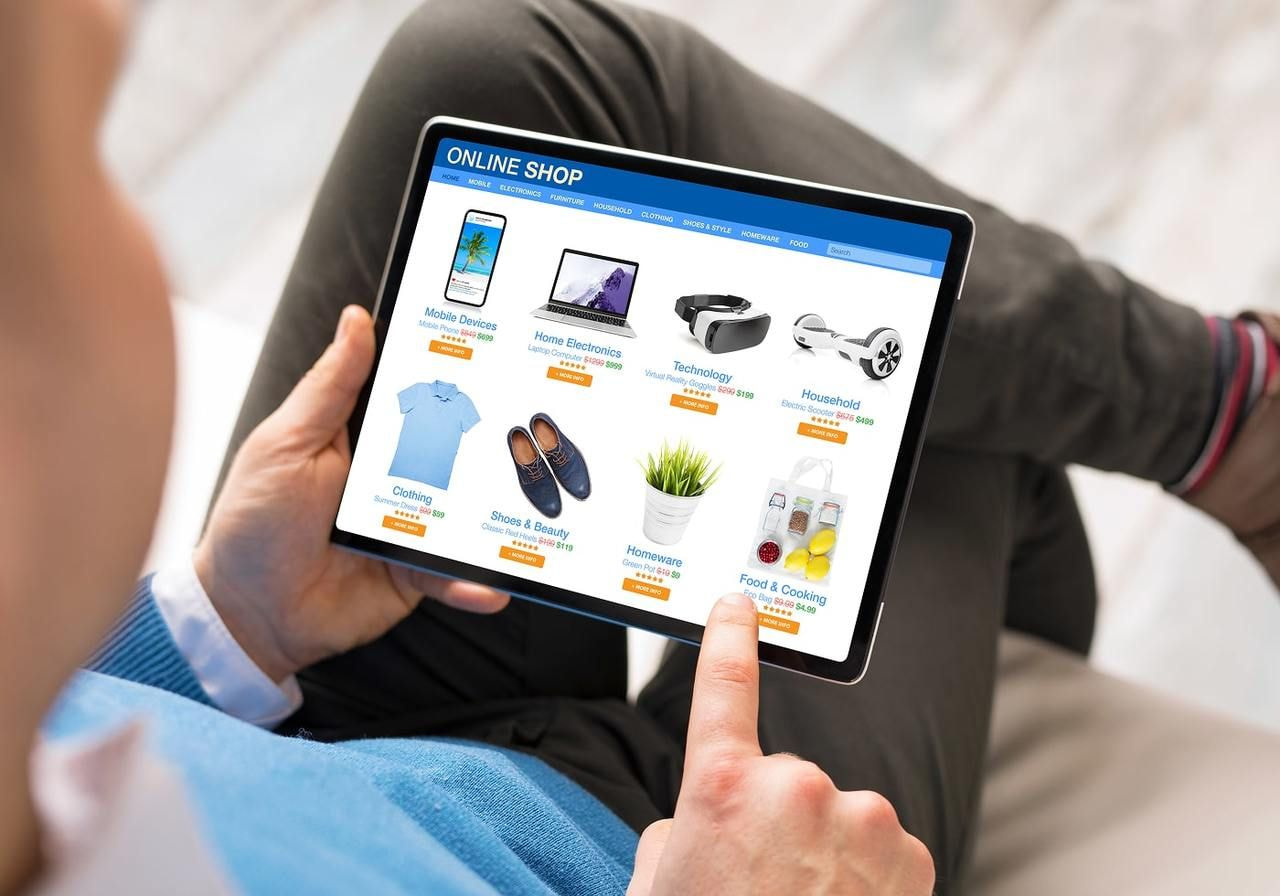What is dropshipping? A comprehensive guide to selling online
August 27, 2025 | by deven.khatri@gmail.com

How to start a dropshipping business
If the dropshipping model sounds like a good fit, the next step is setting up your store.
Let’s find out how to launch and grow your ecommerce business from the ground up.

1. Find a dropshipping niche
Your niche is the specific category of products and designs you’ll sell. A focused niche helps you attract the right customers and stand out from other stores.
Think about your hobbies, interests, or everyday problems you can help solve. For example, you might sell eco-friendly home goods, pet accessories, or travel items.
Then, check if there’s demand. Use Google Trends, Etsy, or tools like Exploding Topics to see if people are interested in those products. Visit Reddit communities like r/dropshipping or r/Entrepreneur to see what’s popular or missing from the market.
Choose something with real demand, not just a short-term trend. Make sure there’s enough room to make a profit after you pay your dropshipping supplier.
2. Name and register your business
Your business name does more than sit at the top of your store – it helps shape your brand identity. It should be memorable, relevant to your niche, and available across platforms.
Start by generating ideas with tools like the Shopify Business Name Generator or Atom’s Dropshipping Name Generator. Once you’ve got a few strong candidates, check domain availability using Namecheap or Shopify’s domain checker.
Make sure your name isn’t already taken or too similar to an existing brand. Search your local business registry (like the Small Business Administration in the US) to confirm availability, and check for trademarks to avoid future legal issues.
When you’re set, register your business and secure a matching domain. It’s also a good time to set up a business bank account and, if needed, apply for a basic business license.
3. Find a dropshipping supplier
Your supplier is one of the most important parts of your business. A good dropshipping supplier will deliver high-quality products on time and handle shipping properly. A bad one can ruin your customer reviews and hurt your store’s reputation.
Use platforms like DSers (for AliExpress), Spocket, or Zendrop to find suppliers who work with Shopify or WooCommerce. Try Tradelle or ZIK Analytics to research product pricing, shipping speeds, and customer reviews.
Always order product samples before adding them to your store. This lets you see the packaging, quality, and shipping time yourself.
Tip: If possible, stick with one main supplier. Using multiple dropshipping suppliers makes shipping more complicated and expensive.
4. Set up your online store
Once you have a niche and a reliable supplier, it’s time to build your store. Choose an eCommerce platform like Shopify, WooCommerce, or BigCommerce. These platforms work well with dropshipping apps and let you manage everything in one place.
Install a dropshipping tool like DSers or AutoDS to help with:
-
Importing products from your supplier’s catalog.
-
Keeping inventory synced.
-
Sending orders automatically.
Then, design your store:
-
Create a clear homepage.
-
Add product pages with good descriptions and photos.
-
Include an “about us” page, contact info, and a transparent shipping and return policy.
Make sure navigation is simple, checkout is smooth, the billing process is clear and safe, and product information is easy to find.
Before you launch, test everything, especially the checkout process. Place a sample order to make sure your order fulfillment steps are working smoothly from cart to customer.

5. Set competitive pricing
Your pricing strategy directly affects your profit margin, customer perception, and overall success. Pricing too high can drive shoppers away – too low, and you risk shrinking already tight margins.
Start by calculating your retail price using a clear formula:
Wholesale price + shipping fees + handling + taxes + markup = retail price.
Use tools like AutoDS or DSers to monitor supplier pricing, set dynamic pricing rules, and adjust automatically if costs change. This helps you maintain a consistent profit margin without constantly updating listings by hand.
Check what prices similar products sell for on platforms like Amazon, eBay, or competitor dropshipping stores to make sure your price is within range. Offer promotions, like free shipping over a certain amount or bundled discounts, to increase conversions without lowering base prices.
Review your prices regularly, especially if you’re working with multiple suppliers, as shipping costs and handling fees may vary across products.
6. Optimize your listings
Your product listings help shoppers decide if they want to buy. A great listing grabs attention, builds trust, and gives people the info they need.
Here’s how to make your listings better:
-
Write clear, short product titles with keywords.
-
Use original, keyword-rich descriptions – don’t copy your supplier’s text.
-
Add real-life images or mockups.
-
Explain key details such as materials, sizing charts, estimated shipping times, and clear refund policies.
Want better visibility on Google? Use tools like Ubersuggest or Ahrefs Keyword Generator to find words and phrases that people are searching for. Add those keywords to your titles, product descriptions, and even image alt-text.
Start with your best-selling products and improve them first. This small change can lead to more clicks and higher conversions.

7. Market your dropshipping store
Once your store is live, attracting traffic and generating sales depends on smart, consistent marketing. Since many dropshipping businesses sell similar products, visibility and trust are key.
Focus on platforms your audience already uses. If you’re in a visual niche (like fashion, home decor, or fitness), use Instagram, TikTok, or Pinterest to promote your products. For a broader reach, run Google Ads and optimize product pages to appear in organic search.
Start with a small paid campaign to test different messages, creatives, and audiences. Track results with Google Analytics 4 and Meta Ads Manager to see what works best.
Encourage user-generated content by offering discounts for photos or reviews. This builds trust and adds real-life visuals that help future customers buy.
Collect emails from shoppers (with their permission, of course) to provide a good customer experience and entice them back for another purchase.
Use email tools like Klaviyo or Omnisend to set up automated flows:
-
Welcome emails
-
Abandoned cart reminders
-
Order confirmations
-
Post-purchase follow-ups
Marketing isn’t a one-time task – it’s ongoing. Plan weekly content, track performance, and adjust based on engagement and sales. The more visible and reliable your store becomes, the more likely you are to achieve long-term success.
RELATED POSTS
View all




